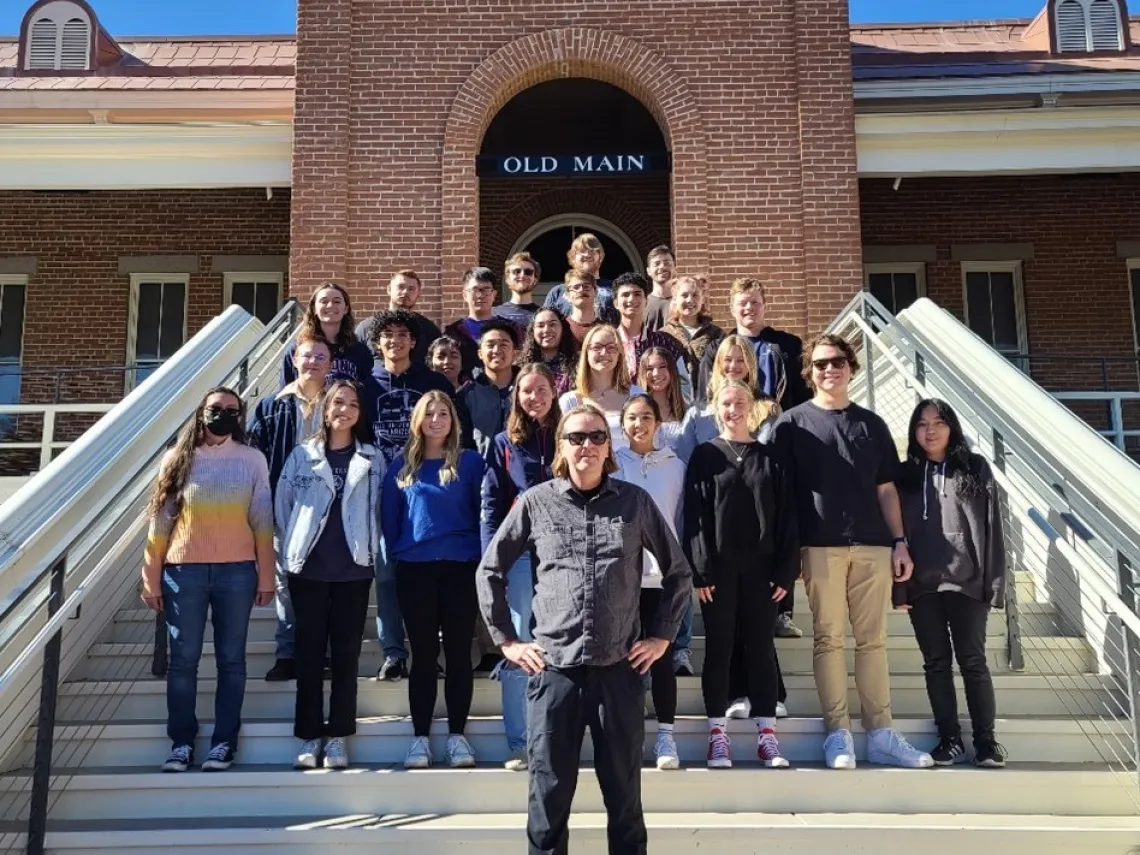Organic Chemistry Meets Machine Learning
New Undergraduate Research Opportunities

Professor Jon T. Njardarson and the Awesome CByD Machine Learning Team
In 2011, soon after relocating his research group from Cornell University to the University of Arizona (UArizona), Professor Jon T. Njardarson along with Gary Carstensen (OIA UArizona master programmer) created one of the first free applications (app) and accompanying websites (Chemistry By Design = CByD) at UArizona focused on displaying how natural products and drug molecules are made, step by step, using the powers of organic chemistry.
Chemistry By Design has since become one of the most successful and widely used organic synthesis teaching/learning/research tools. Professor Njardarson, his graduate/undergraduate students and contributors from around the world have since continued to add weekly content ever since making CByD, which is now the largest database of its kind and growing.
Over the years, this valuable database has gathered the attention of experts in machine learning (ML) and artificial intelligence (AI), but only last fall did Professor Njardarson finally decide to partner with one of the leading experts and rising stars in this area, Professor Connor Coley (MIT). Since the original data was not created for ML/AI purposes, it was critical to reformat/adapt this invaluable dataset for it to be suitable for the team’s ambitious and exciting ML research plans.
In collaboration with Ryan Williams, a senior graduate student in his laboratory, Professor Njardarson and Ryan set out to assemble a large team of UA undergraduate students interested in gaining meaningful and impactful research experience by being part of this exciting project at the interface of organic chemistry, computational chemistry, and ML/AI.
Ryan rapidly assembled an amazing team (see photo) that has been working at an exciting pace, making the realization of the first complete conversion goals possible within months and thus the beginning of the AI/ML application and research portion.
This project also served as a testing ground for Professor Njardarson's aspirations of creating more scalable and exciting research experiences for undergraduate students that are not dependent on them being physically in his research laboratory where space often hinders such growth.






